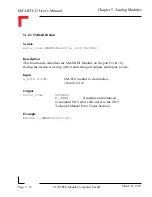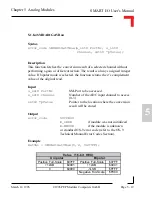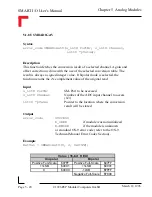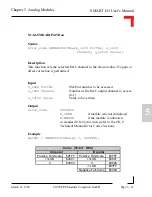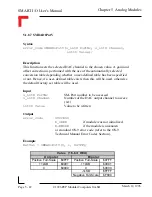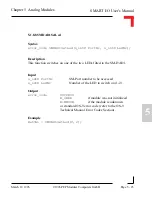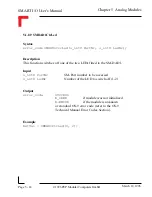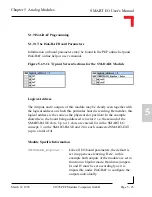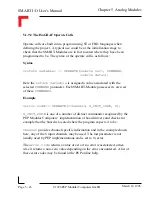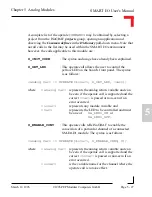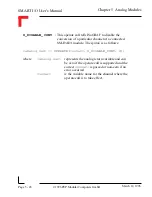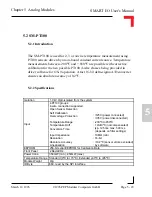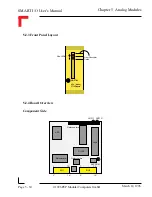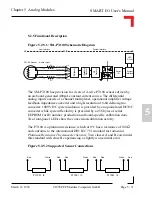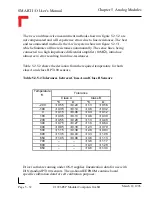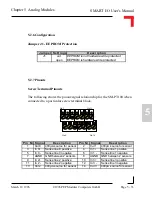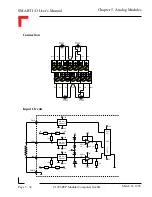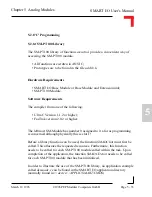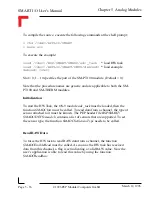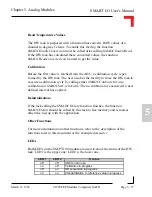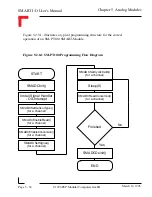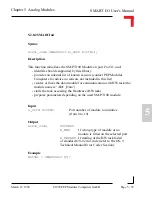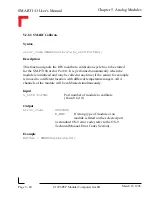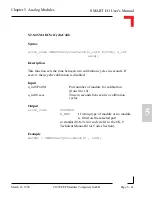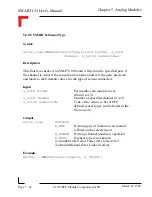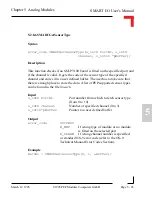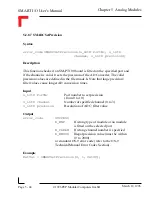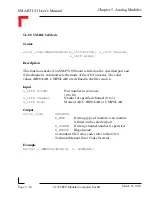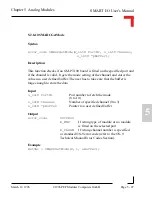
SMART I/O User’s Manual
March 12, 1996
©1996 PEP Modular Computers GmbH
Page 5 - 32
Chapter 5 Analog Modules
The two- and three-wire measurement methods shown in figure 5.2.5.2 are
not compensated and will experience errors due to line-resistances. The best
and recommended method is the 4-wire system shown in figure 5.2.5.1.
which eliminates all line resistances automatically. The sense lines, being
connected to a high impedance differential amplifier (10M
Ω
), introduce
almost zero error resulting from line-resistances.
Table 5.2.5.2 shows the deviation from the required temperature for both
class A and class B PT100 sensors.
Table 5.2.5.2 Tolerances between Class A and Class B Sensors
Temperature
°
C
Tolerance
Class A
Class B
°
C
Ω
°
C
Ω
-200
±
0.55
±
0.24
±
1.3
±
0.56
-100
±
0.35
±
0.14
±
0.8
±
0.32
0
±
0.15
±
0.06
±
0.3
±
0.12
100
±
0.35
±
0.13
±
0.8
±
0.30
200
±
0.55
±
0.20
±
1.3
±
0.48
300
±
0.75
±
0.27
±
1.8
±
0.64
400
±
0.95
±
0.33
±
2.3
±
0.79
500
±
1.15
±
0.38
±
2.8
±
0.93
600
±
1.35
±
0.43
±
3.3
±
1.06
650
±
1.45
±
0.46
±
3.6
±
1.13
700
–
–
±
3.8
±
1.17
800
–
–
±
4.3
±
1.28
850
–
–
±
4.6
±
1.34
Driver software running under OS-9 supplies linearization data for use with
DIN standard PT100 sensors. The on-board EEPROM contains board
specific calibration data for self calibration purposes.

